What’s the best way to label plants and seedlings??
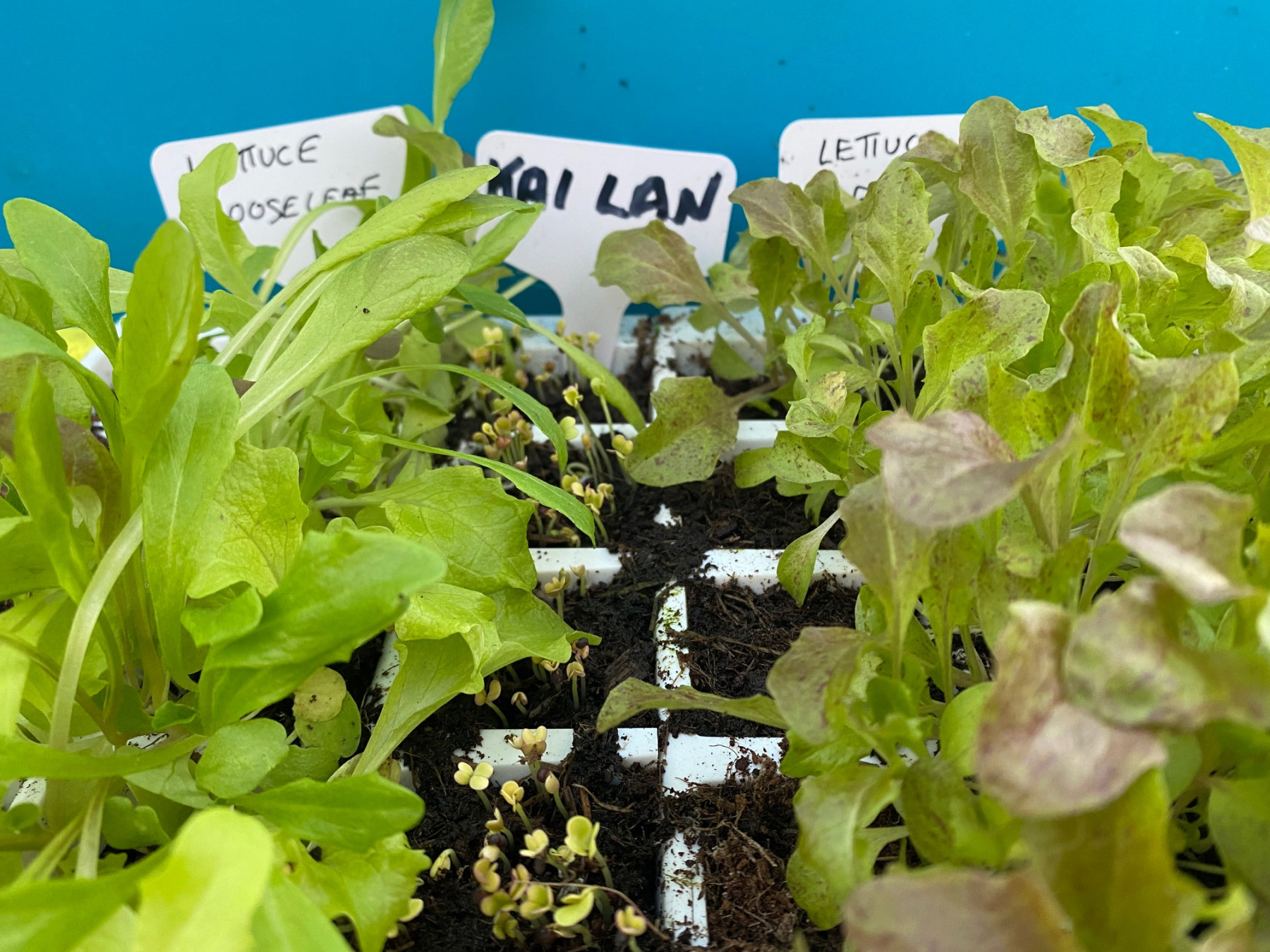
Even the most knowledgeable gardener needs to use plant labels. It’s all very well being able to identify what different plant seedlings look like, but if you are growing from seed you also need to know the variety.
But the problem with plant labels is that they are a bit like socks. They disappear, end up in odd places and much worse than socks they persist where you don’t want them. Plastic labels turn up in the compost heap, in the flowerbeds and all over the place. So what’s the best way to label your plants?? Like most things in gardening there are several ways of doing the same thing?
Plastic is not fantastic
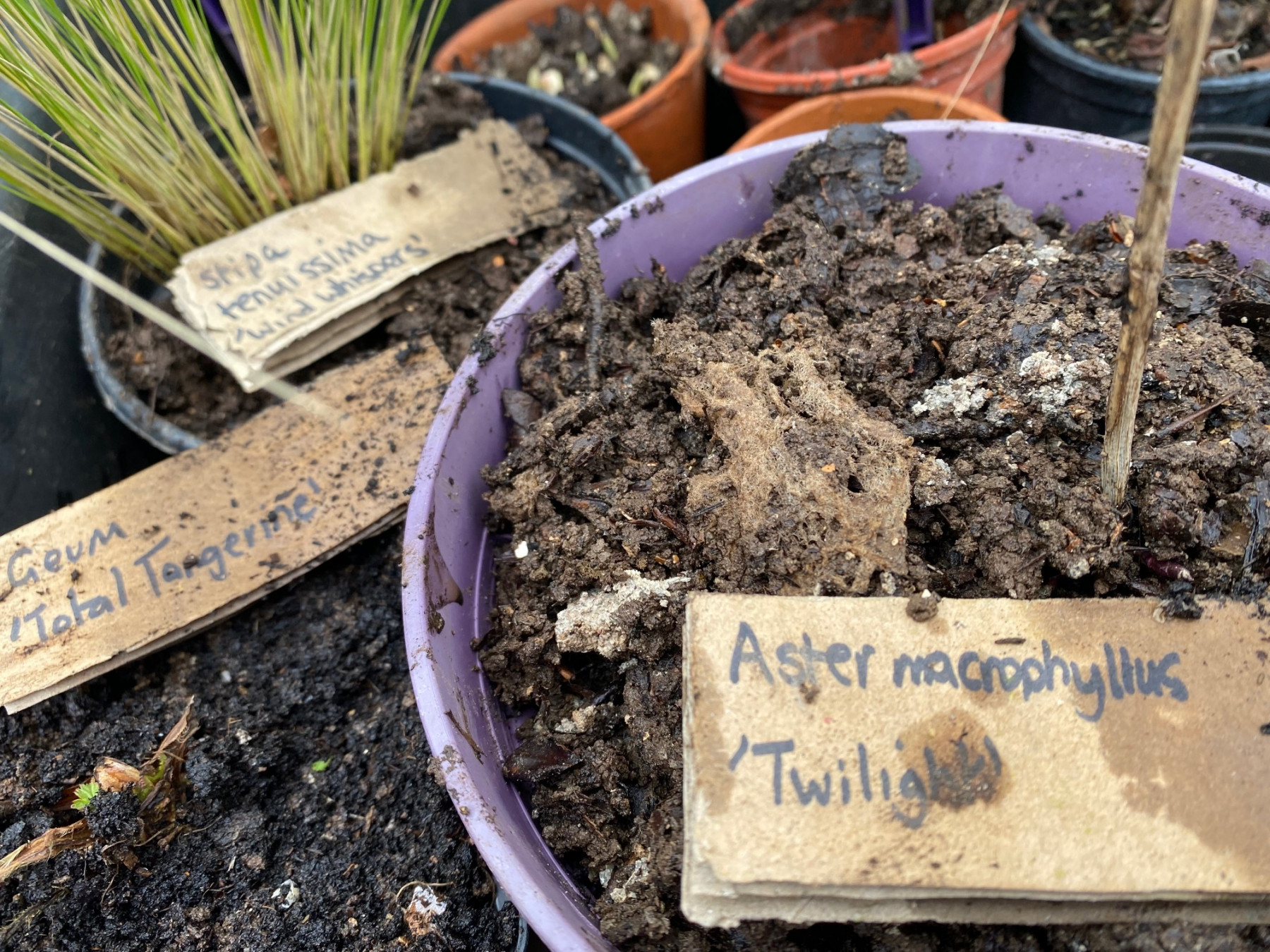
It’s hard to go plastic-free in the garden. Especially as we re-use old plastic flowerpots, seed trays and even our labels. Re-using plastic items and giving them a second, third or even fourth life is important. These things already exist, have been created from new resources and if we can re- use them then it saves buying new ones and it means that are used to their full potential. Plastic labels can be Re-used by scrubbing them in hot soapy water. Sometimes the writing fades and you can write over the old words and of course you can use both sides. I often use and reuse old plastic labels to make them work harder. It means that I don’t have to buy more and just re-use the ones that you have. If you have a stash of old flowerpots then write on the pots when you sow. Use a permanent pen that won’t wash off and write the name of the plants or seed variety on the pot.
Wooden labels
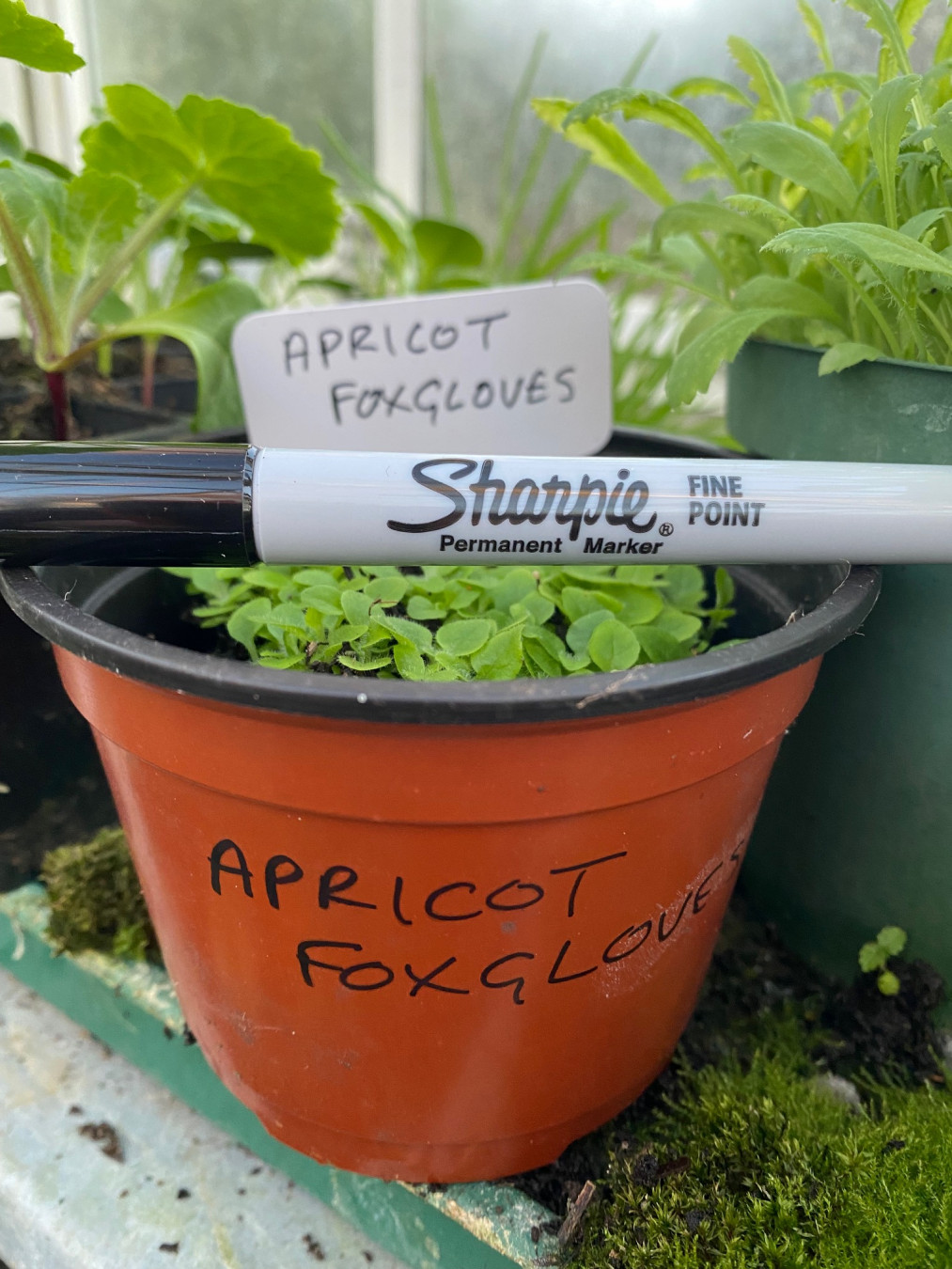
I have tried all sorts of wooden labels like lollypop sticks either ones where I’ve eaten the ice-cream and some that are sold for plant labels. They do work. But they also fade and eventually break down, which is fine because they don’t persist in the garden, but if you want something that lasts longer than a year or two, maybe cheap wooden labels aren’t the answer.
Alternative labels
Apart from writing on the pots, there are plenty of other ways to label your plants. You could cut up some cardboard and use these strips to temporarily label your plants. They lasted a few months outside, which was a surprise and seem to be OK in the greenhouse too. Fine if you are giving a gift of a cutting or a plant to a friend, but make sure you jot down the information before they compost into mulch.
You could write on a pebble or a piece of slate. This is quite a nice way to label plants in the garden and the good thing about pebbles and slate is that they tend to stay put. You could also invest in some botanical labels if you have a serious collection or you open your garden. There are metal punches and metal labels available as well as engraved labels that are suitable for trees and larger specimens.
Pens are my friends
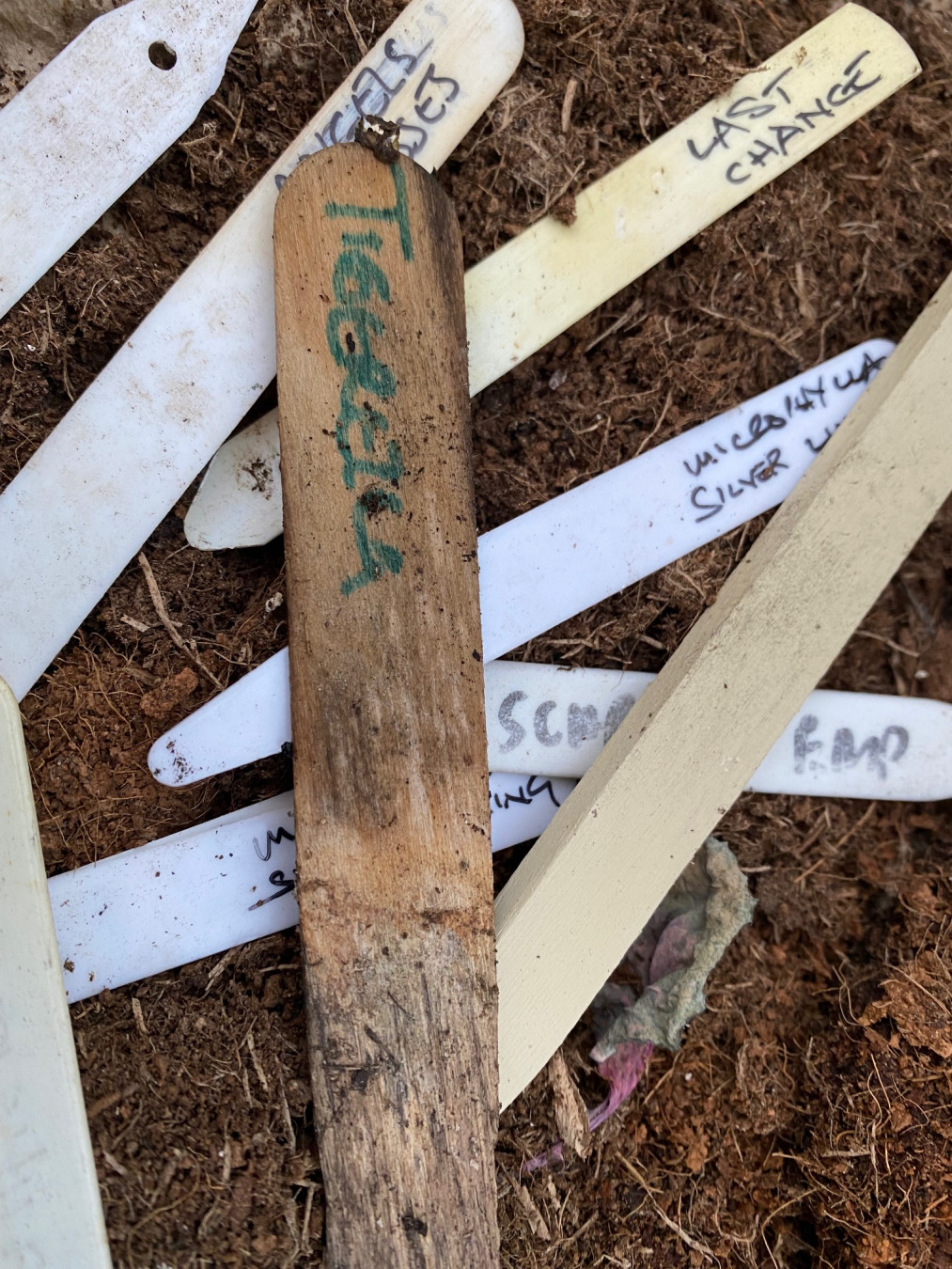
Finding the right pen to write your label can be a job in itself. It really needs to be a permanent marker so that the words don’t wash off. You need a fine nib if you want to write all the plant details onto the label and more. And most importantly you need to store it out of the greenhouse or potting shed so that it doesn’t dry out. You can use a very soft pencil to write on labels, but personally I prefer a pen. If you’ve got lots of black plastic pots invest in a white ink pen so you can write on them clearly, but for pretty much any other colour plastic pot a black ink pen will be fine.
Label info
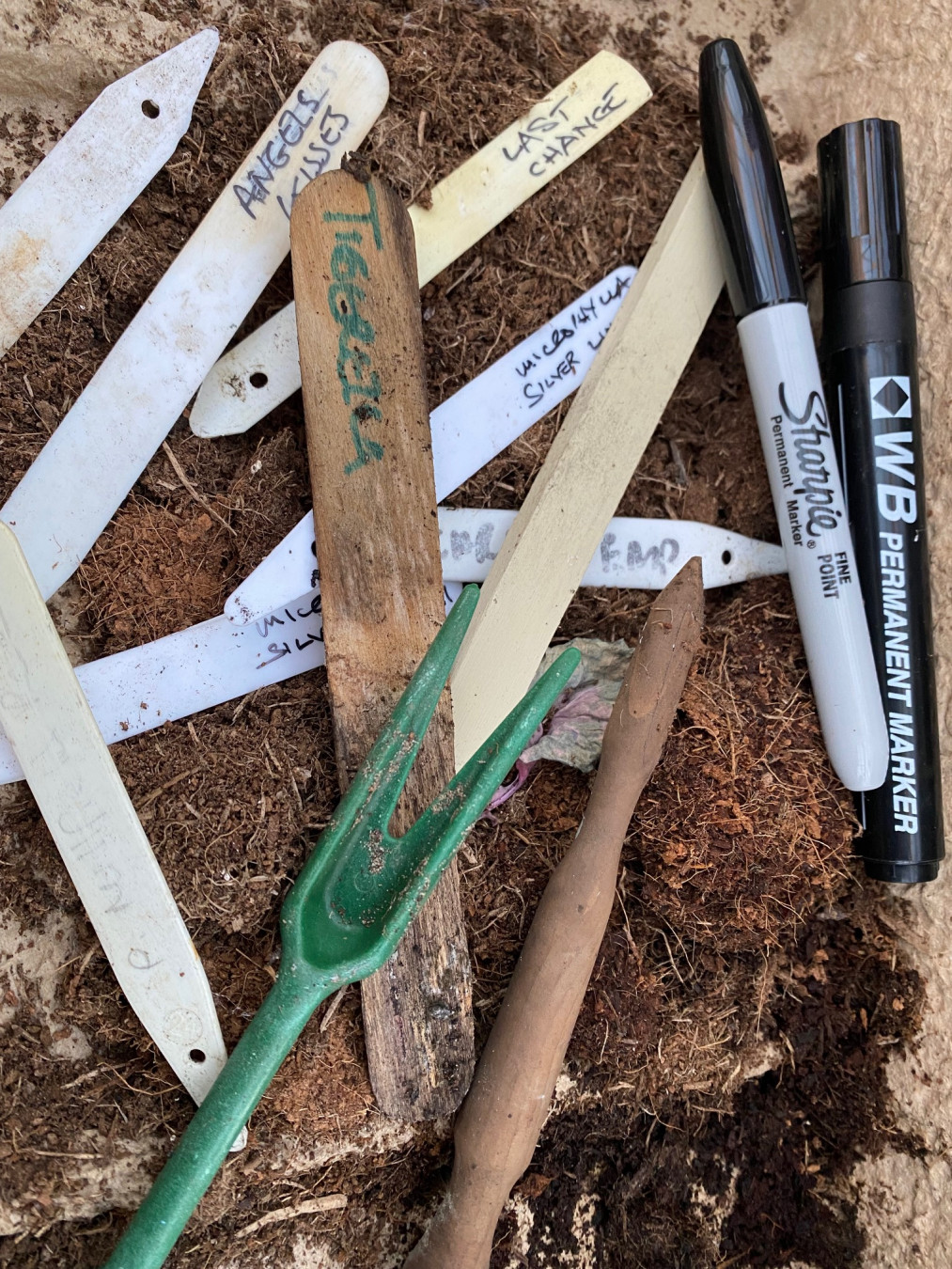
It’s up to you what you write on your labels. Just the basic plant name is fine, but you could also write the name of the seed or plant supplier and of course the date you sow your seeds. If you are really organized you can keep a garden journal and note down what you sow, when they germinate, any special information and when you pot them up. You will soon learn to recognise the seedling leaves of many of your plants, which is always useful when a label goes astray. Keeping the empty seed packets in a filing box is a quick reminder of what you have sown and might be a good aid memoire if labels fade or get misplaced. But whatever you do enjoy the process, rejoice in each seed that sprouts and share your surplus plants far and wide.


